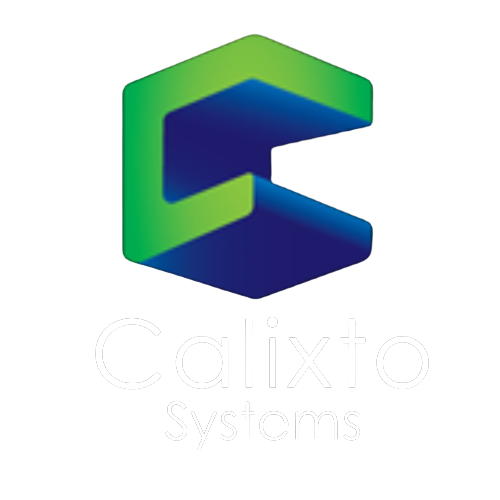System on Module (SOM): What is SOM and Benefits of SOM
Introduction
A System on Module (SOM), also known as a Computer on Module (COM), is a compact, highly integrated computing device that encapsulates most of the essential components of a computer system onto a single module. These modules typically include a processor, memory, storage, and various other peripherals necessary for computing tasks. SOMs are designed to simplify the process of building embedded systems, IoT devices, and other applications where compact size, low power consumption, and ease of integration are critical.

The key components and benefits of SOM
- Processor: SOMs incorporate a microprocessor or microcontroller unit (MCU) as the central processing unit (CPU). The processor may range from low-power ARM Cortex-M series MCUs to high-performance ARM Cortex-A series application processors or even x86-based CPUs. The choice of processor depends on the intended application and performance requirements.
- Memory: SOM typically include onboard RAM (Random Access Memory) for running applications and storing temporary data.
- Peripherals: SOMs integrate various peripheral interfaces like USB, Ethernet, UART (Universal Asynchronous Receiver-Transmitter), SPI (Serial Peripheral Interface), I2C (Inter-Integrated Circuit), GPIO (General Purpose Input/Output), HDMI, CAN (Controller Area Network), etc. These interfaces enable connectivity with external devices such as sensors, displays, cameras, and networking equipment.
- Power Management: SOMs incorporate power management circuitry to regulate voltage levels and optimize power consumption. This feature is crucial for battery-powered or energy-efficient applications.
- Form Factor: SOMs come in standardized form factors and pin layouts, making them easy to integrate into custom-designed carrier boards. Popular form factors include COM Express, SMARC (Smart Mobility Architecture), and others. These standards ensure compatibility across different SOM vendors and facilitate interchangeability and scalability.
- Software Support: SOMs are typically accompanied by comprehensive software support, including device drivers, board support packages (BSPs), and development tools. This support streamlines the software development process and accelerates time-to-market for embedded system designs.
- Customization and Scalability: SOMs offer flexibility for customization and scalability. Additionally, SOMs allow for easy hardware and software upgrades by swapping out modules or updating firmware.
- Cost and Time Savings: SOMs eliminate the need to design and validate core computing components, allowing engineers to focus on application-specific features and functionality.
#System on Module #SOM #Wireless Gateway #Industrial Gateway # Automation Gateway #NXP # Renesas #Texas Instrument








